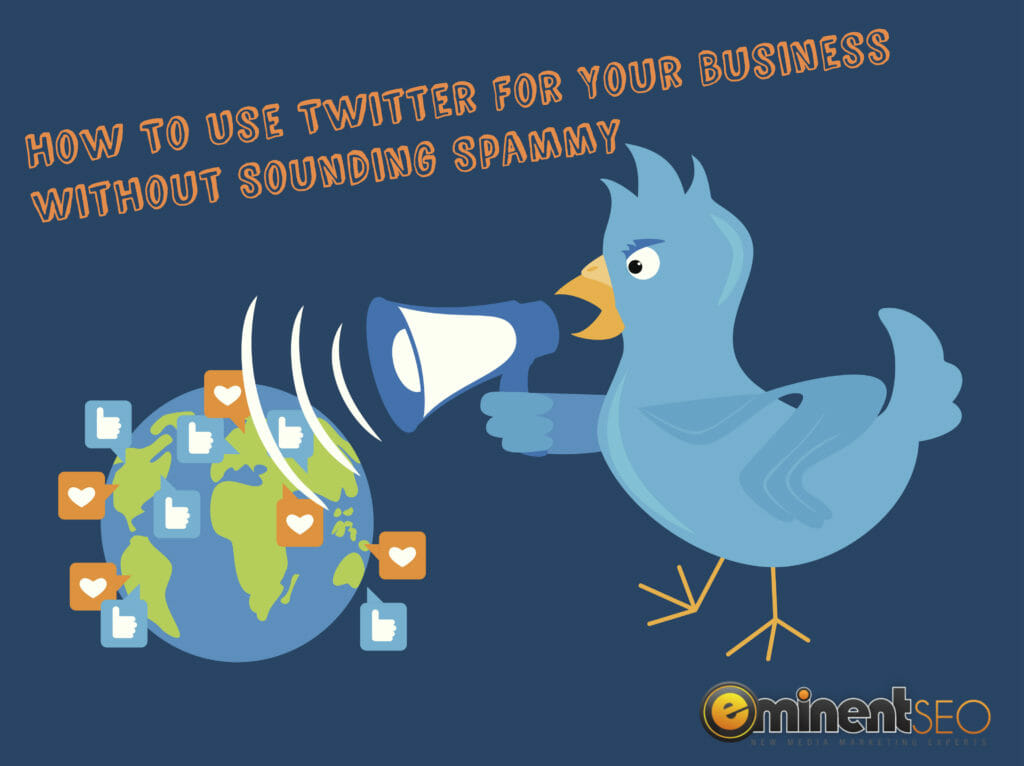 You’ve wanted to use Twitter for your company, or maybe you’ve already established an account, but if you’re a small- or medium-sized business, you’re probably having trouble gaining interaction or any ROI on the social media platform.
You’ve wanted to use Twitter for your company, or maybe you’ve already established an account, but if you’re a small- or medium-sized business, you’re probably having trouble gaining interaction or any ROI on the social media platform.
Heck, even many large corporations have trouble getting many Twitter users to care about what they’re tweeting. But if you are trying to use Twitter to generate sales, leads, or interest in your brand, there is some light at the end of the tunnel: Research shows there are reasons why your company should be active on Twitter, and that the proper strategy can help you succeed on the platform.
Why Should My Business Be On Twitter?
You might think of LinkedIn as the place to put on your proverbial sport coat and start making a sales pitch, but a recent Forbes study found there’s a better place to do it. Twitter has emerged as the No. 1 platform for sales prospecting, edging out LinkedIn and Facebook, respectively, according to Forbes’ research. Jill Rowley, a startup adviser, told Forbes she learns more about a buyer on Twitter than LinkedIn – whom they follow, who follows them and what they tweet about and retweet.
How A Business Should Tweet
First and foremost, businesses should aim to be engaging on Twitter and ready to interact with any user who shows genuine interest. Small Business Trends advises companies to be personable on the micro-blogging platform. For example, if one of your colleagues is celebrating a birthday, or if your team is gathered at a recognizable venue, a tweet or two with photos of the event goes a long way in peeling back the curtain to your company and showing Twitter users you’re relatable.
However, don’t be too personal on your Twitter timeline. The Twitterverse is sort of a buttoned-down place where business can be conducted, but sharing a little TMI will almost always have an adverse effect.
As far as volume of tweets, a new Hootsuite blog post recommended not to tweet too much, and not to tweet too little. Posting several tweets subsequently that don’t build on each other is a great way to turn some of your followers off. Conversely, tweeting too little will make users bored with your brand and will reflect how little commitment you have to the platform.
It is okay to send the same tweet more than once, particularly if you have an ongoing campaign you’re trying to draw attention to, but tweak the copy or attach a different picture so it looks different each time, and don’t post the same idea more than once or twice day. Also, make sure to post a variety of tweets in between the ongoing message you’re trying to deliver. And for the best times to tweet, a Hootsuite blog post last year said many studies point to 9 a.m., 12 p.m., and 3 p.m., but it may be beneficial for your company to post in the evening, as well. Just consider whether your business goes for a national or local audience, and if it’s the latter.
What A Business Should Tweet
Your business Twitter account should reflect your expertise in your field. Apart from the tips and industry knowledge you possess that can be shared on the platform, feel free to share links to recent publications on topics related to your field. Your Twitter followers will appreciate the insight, even if it didn’t come from in house.
A recent Twitter blog post recommended adding value to the products you offer, such as how to use the items in ways consumers probably never thought of before. Also, invite Twitter followers into a community; tell them what you tweet about, what customers you serve and what kind of incentives they might expect. That leads us to highlighting exclusive prizes and giveaways. There’s no greater way to draw in some potential customers than to tweet about giveaways, promotions, deals and contests you’re running. Additionally, remember to include a call to action in several of your tweets. Simply saying “follow us” and including a compelling reason why can go a long way.
And most of all, remember: photos, photos, photos. Try to include photos in as many tweets as possible. Mashable reported in 2013 that tweets with photos that can be instantly seen in a user’s newsfeed (e.g. not Instagram links) garner 94 percent more retweets than text-only posts. Food photos tend to do well, as do pictures of recognizable landmarks or destinations. Memes are also acceptable to include in your tweets, provided you can make a relevant connection and not choose something that might offend your followers. As long as you have rights to whichever photos you want to tweet, go ahead and post them and make sure the text of each tweet logically ties into the image.
Closing Thoughts
Don’t sound like a soulless robot in your tweets, and be engaging on the platform and ready to react to your followers or what other leaders in your industry have to say. If you’re mentioned in a tweet or asked a question, be sure to respond to it! Also, try to follow back anyone who has just followed you, as long as their account looks legitimate.
Not every tweet from your business’ account has to make a sales pitch, but such posts will be more effective as long as you are engaging and expanding your audience with a steady stream of compelling content and commentary.


